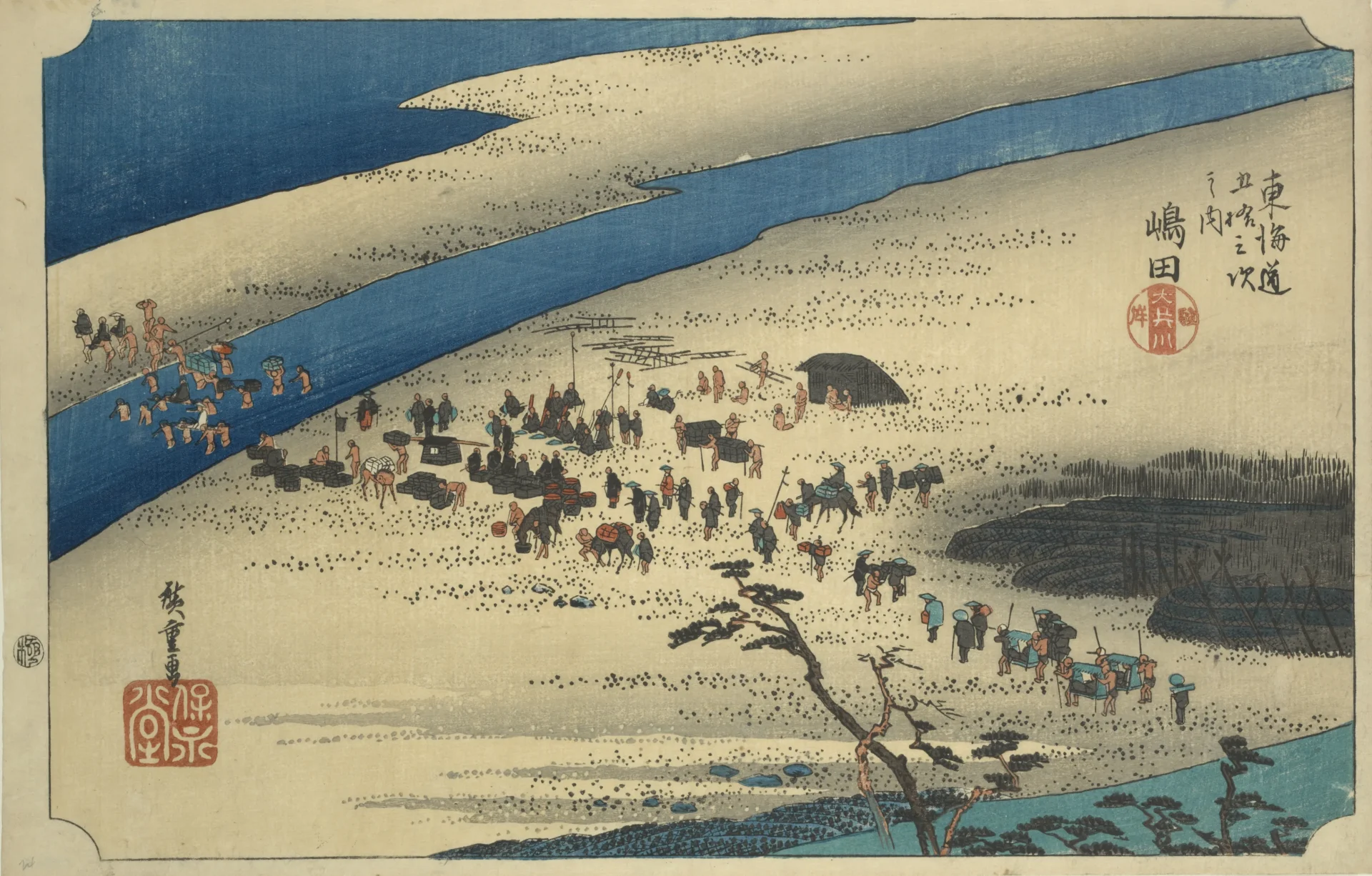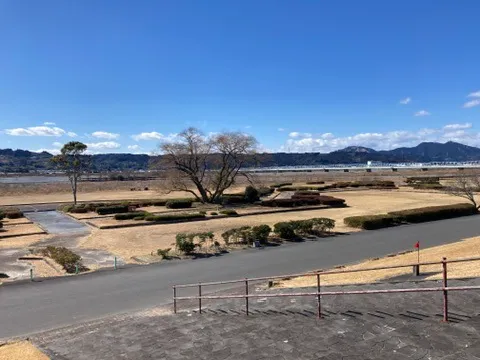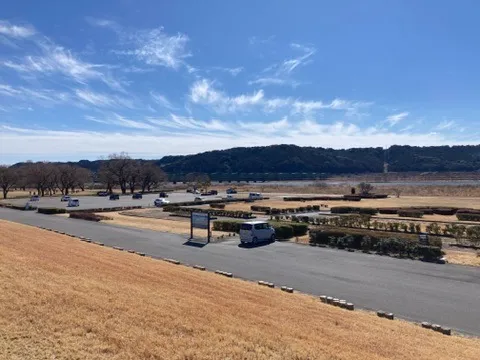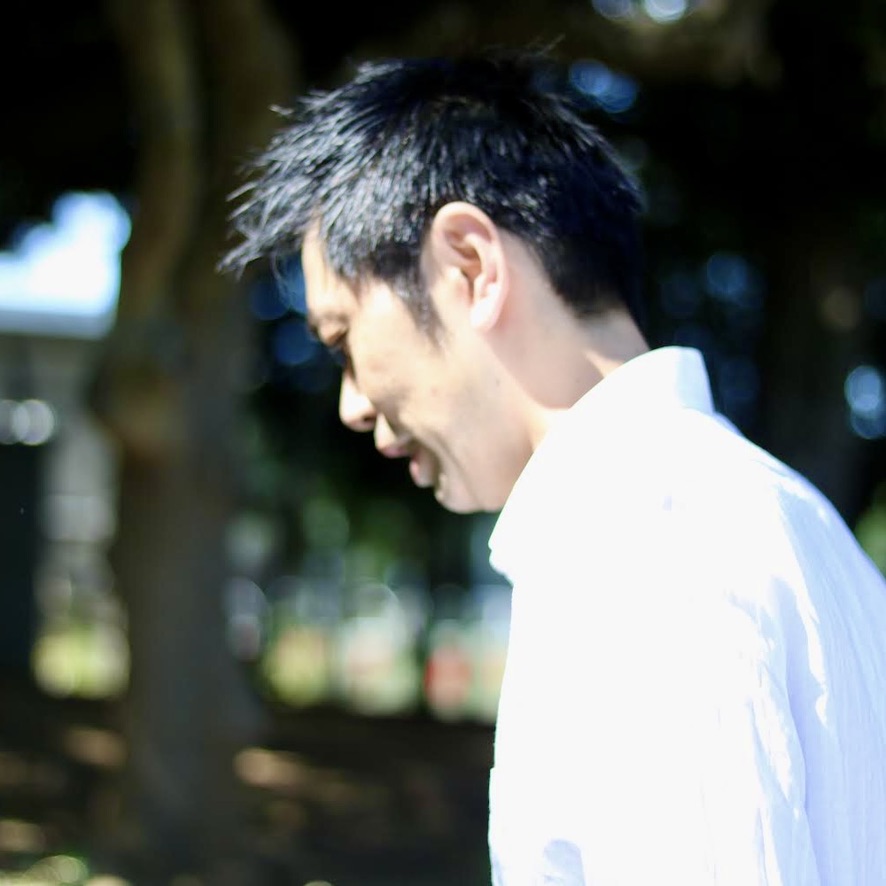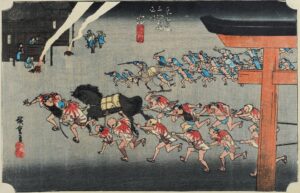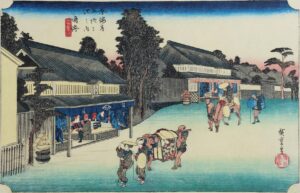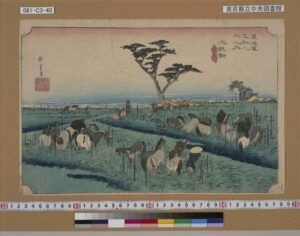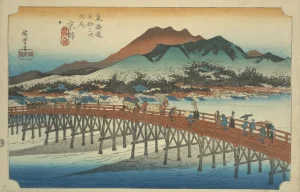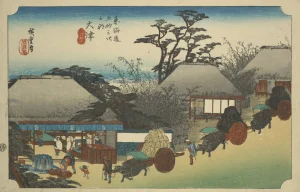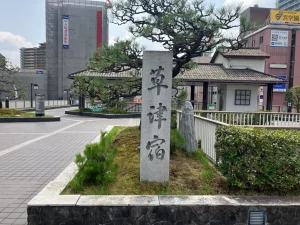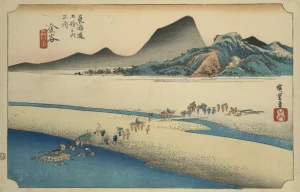This article was created using a translator. There may be expressions that are difficult to understand. If you have any questions, please check by yourself.
Please consult us about anything related to Fujieda City.
CONTACTThis time, we visited Shimada-juku, which is said to be one of the most difficult stops on the old Tokaido Highway, with the Oigawa River so majestic that it was said, “Even a horse can cross the eight villages of Hakone, but it is not possible to pass over the Oigawa River.
Shimada-juku
It is the 23rd stop on the Tokaido Highway and is located in present-day Shimada City, Shizuoka Prefecture. It seems to have developed as a place to collect timber cut from the upper reaches of the Oigawa River.
And the over-the-river inn to cross the majestic Oigawa River is a national historic site as “Shimada-juku Oigawa Kawagoe Ruins.
It had the atmosphere of a small Edo town, and it was as if we had gone back in time.
Shimada-juku Ichirizuka
This Ichirizuka is the 52nd Ichirizuka counting from Edo. As explained several times in other articles, an ichirizuka is a mound built every 1 ri (about 4 km) on a highway. It seems to have been used as a guide or a resting place.
Ichirizuka (一里塚) are historic Japanese distance markers akin to milestones. Comprising a pair of earthen mounds (tsuka or zuka) covered in trees and flanking the road, they denoted the distance in ri (3.927 kilometres (2.440 mi)) to Nihonbashi, the “Bridge of Japan”, erected in Edo in 1603.[3] Ichirizuka were encountered and described by Engelbert Kaempfer, c.1690: “serving as a milestone are two hills, facing each other, which are raised up on both sides of the road, and planted with one or more trees.”[4][note 1]
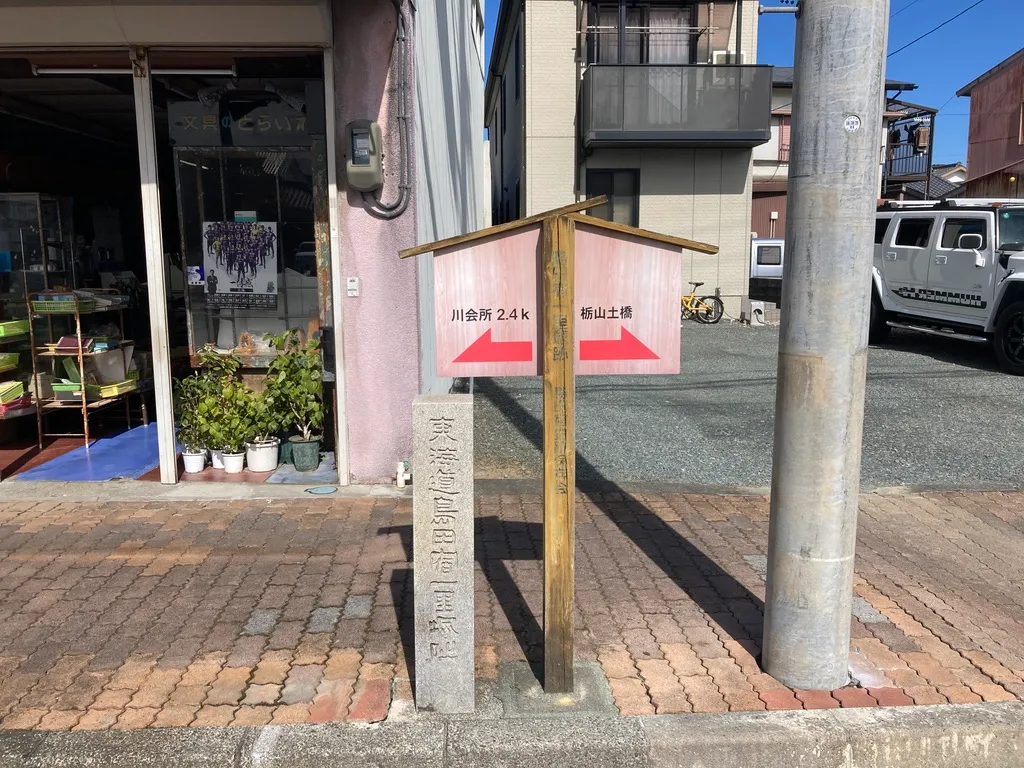
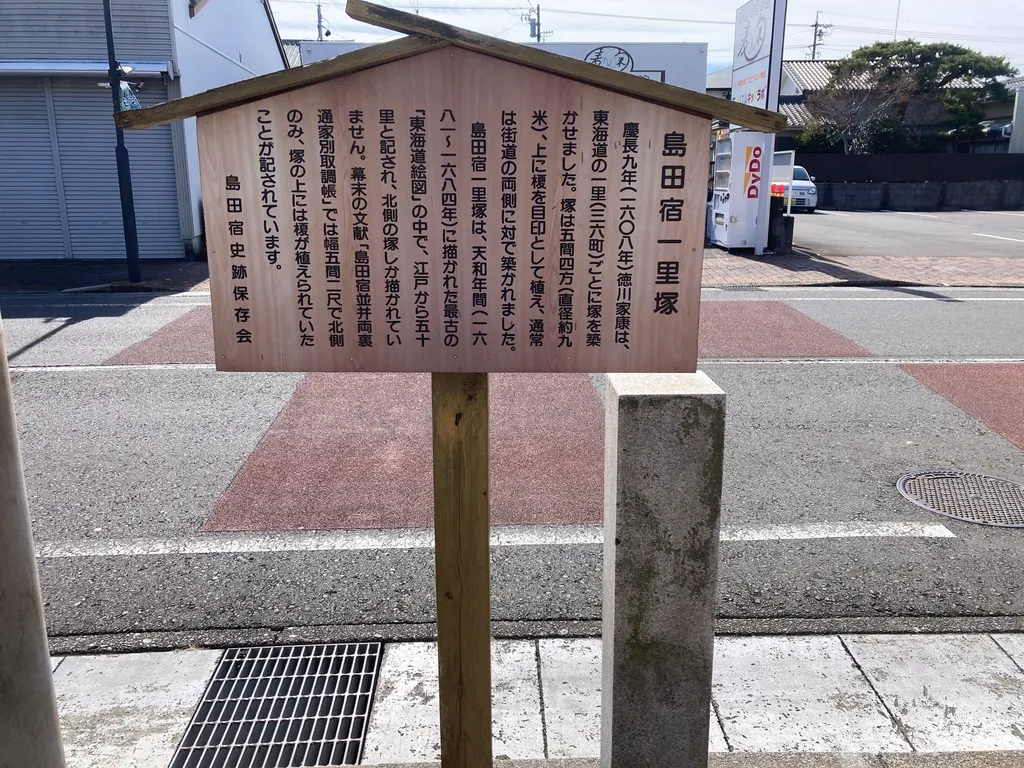
One ri is about 4 km, which means that Shimada is 208 km from Tokyo. Please check it out! It really shows 208km.
wholesale site
The “wholesale store ruins,” which are of course also found in other inns, are wholesale stores that were the central facilities of the inns. They were responsible for luggage transportation, communication, lodging arrangements, and so on.
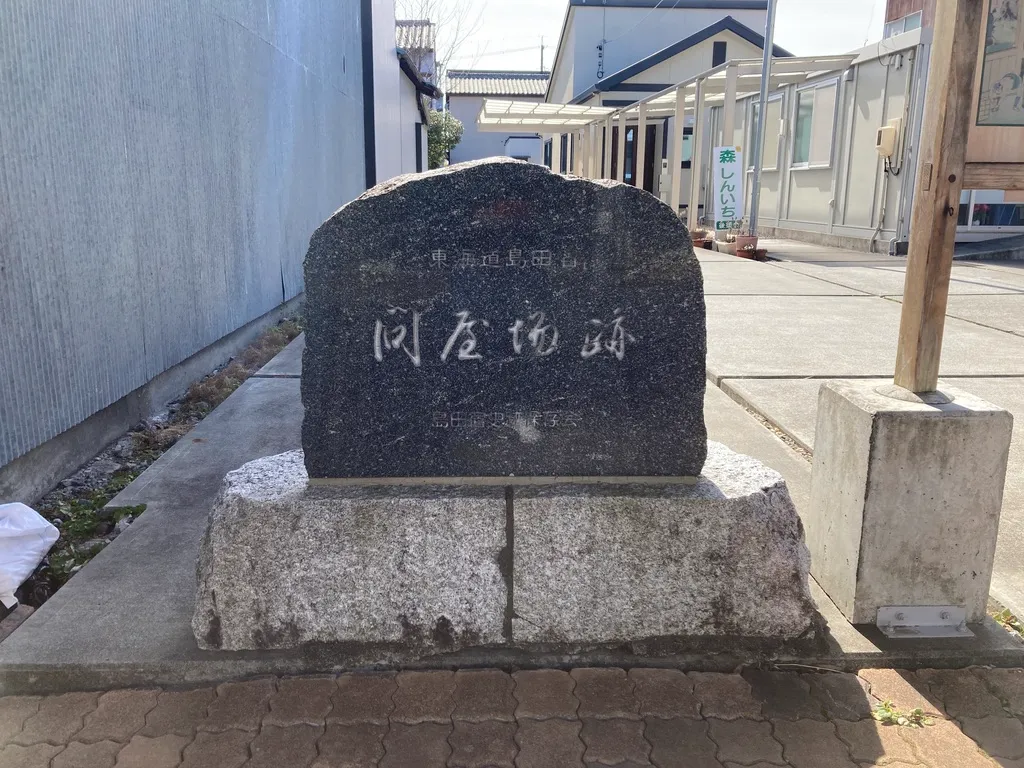
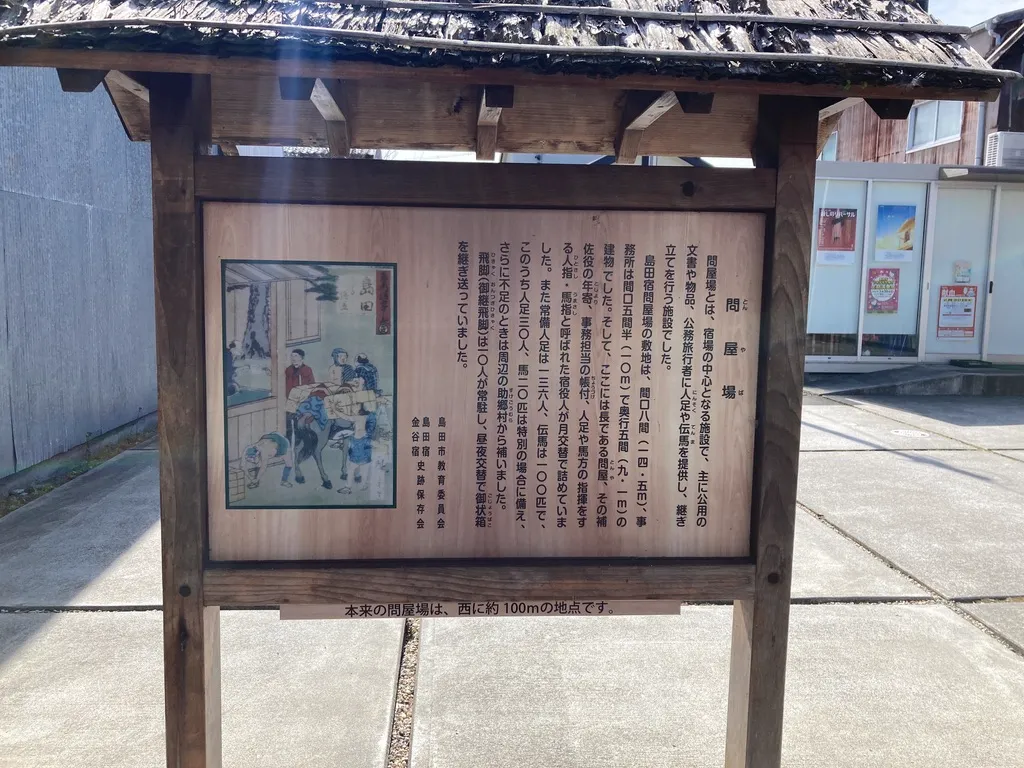
Monument in honor of swordsmith Shimada
Shimada seems to have had a thriving sword smithy industry. During the Warring States period, it seems that swords were supplied to the Imagawa, Takeda, and Hojo families. Among them, the swordsmiths called “Shimada Sanketsu” were Yoshisuke, Sukesune, and Hirosuke. A sword with the inscription “Made by Yoshisuke” is installed on this monument.
The Shimada Kaji were a group of swordsmiths who lived in the area around Shimada-juku on the Tokaido Highway from the Muromachi Period to the Edo Period and continued to make swords for approximately 450 years. The monument was set up at the location where five Shimada blacksmith houses stood during the Edo period. The current location is a restored site; it was previously located on the site of the former Jusco. The monument was erected by Shimada City in 1986, removed in 2013 when the old Jusco was demolished, and restored to its current location after about four years.
There is also an information board with illustrations of the Shimada Inn next to the monument. It is very helpful.
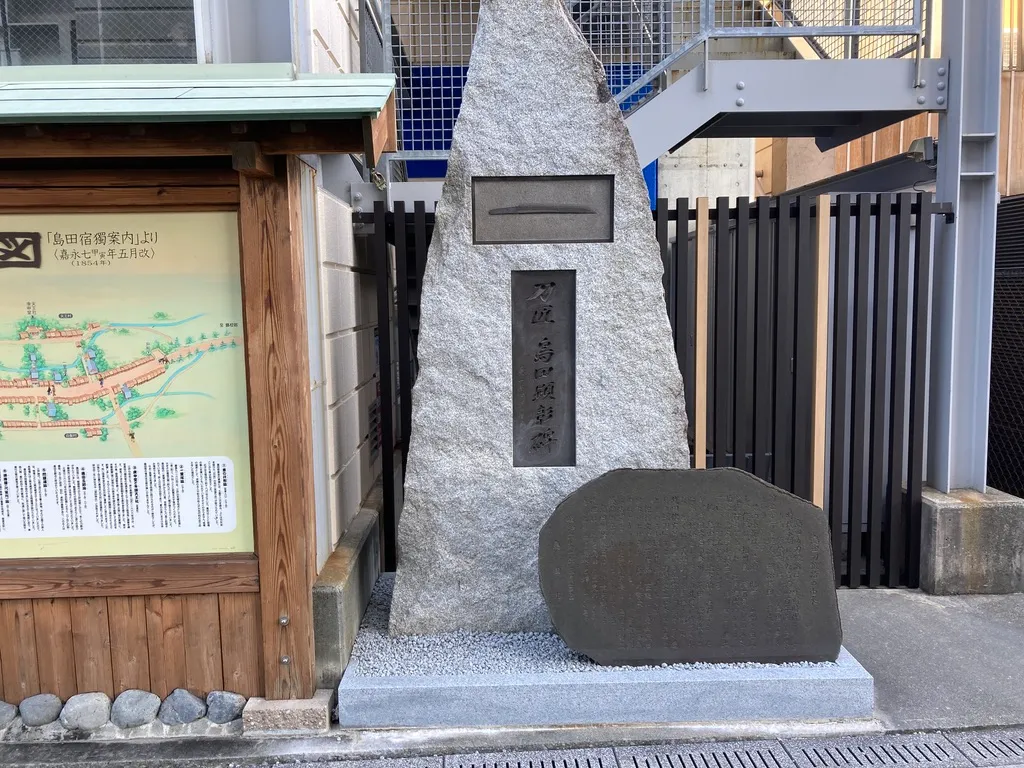
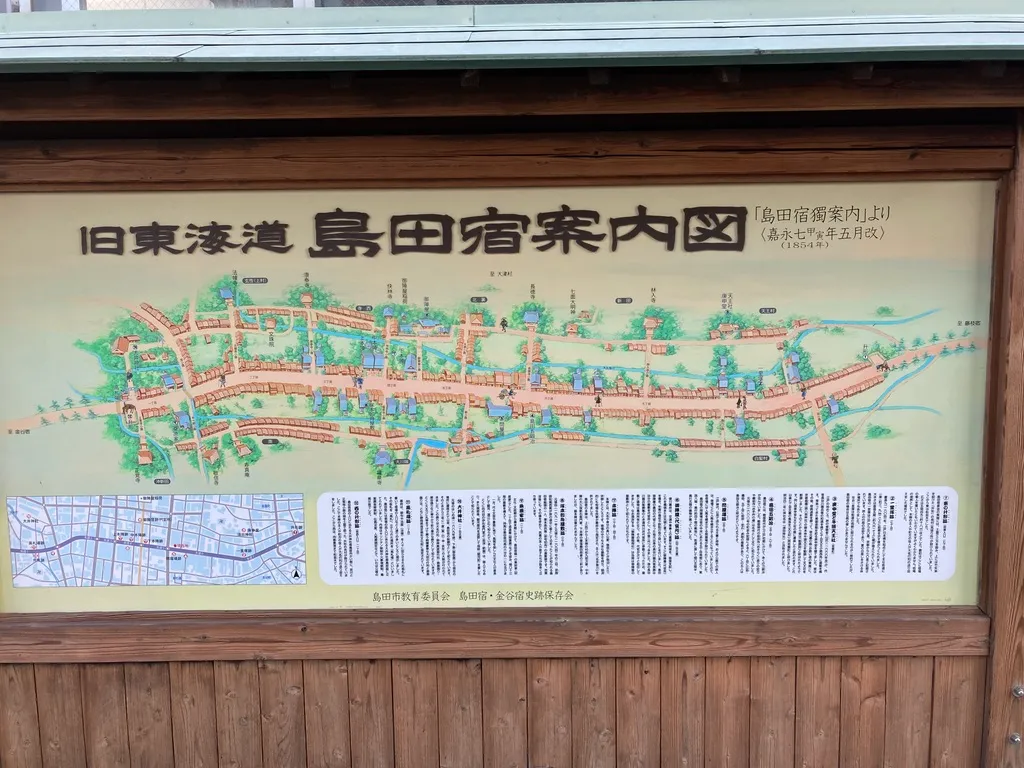
ruins of a daimyo’s main camp
This is the site of the main lodge of Shimada-juku, where the feudal lords and other high ranking people used to stay. Unfortunately, no trace of those days remains, but the street has been beautifully maintained and turned into a fashionable street.
・・・・ fashionable street, I must be an old man from the Showa era lol.
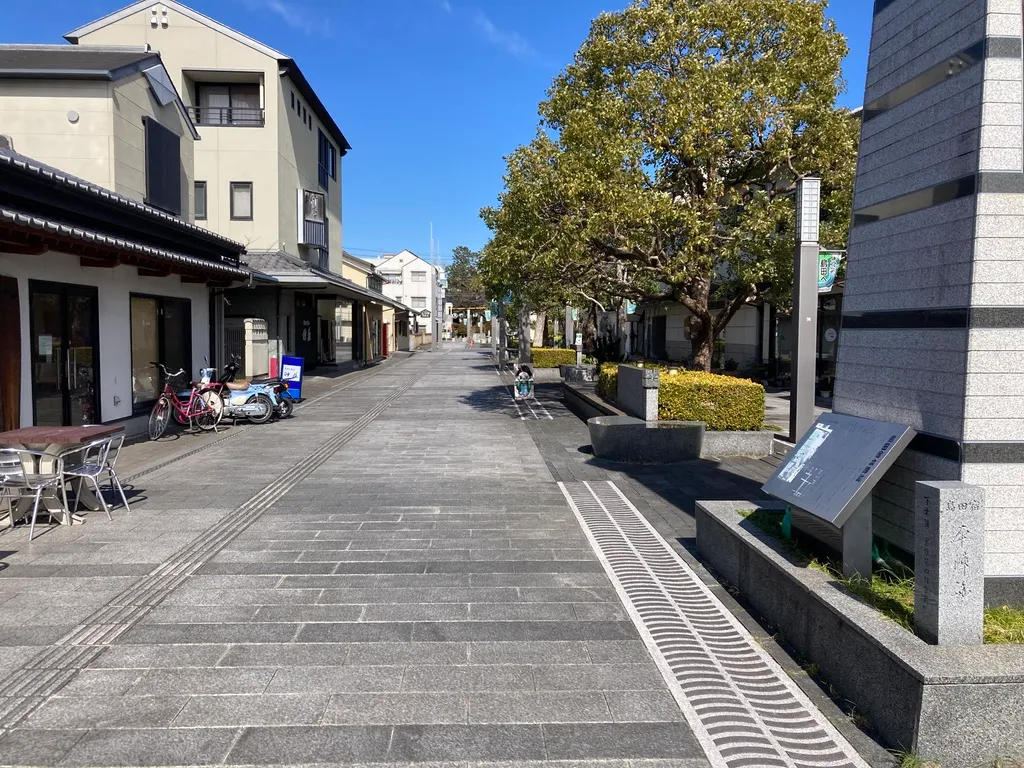
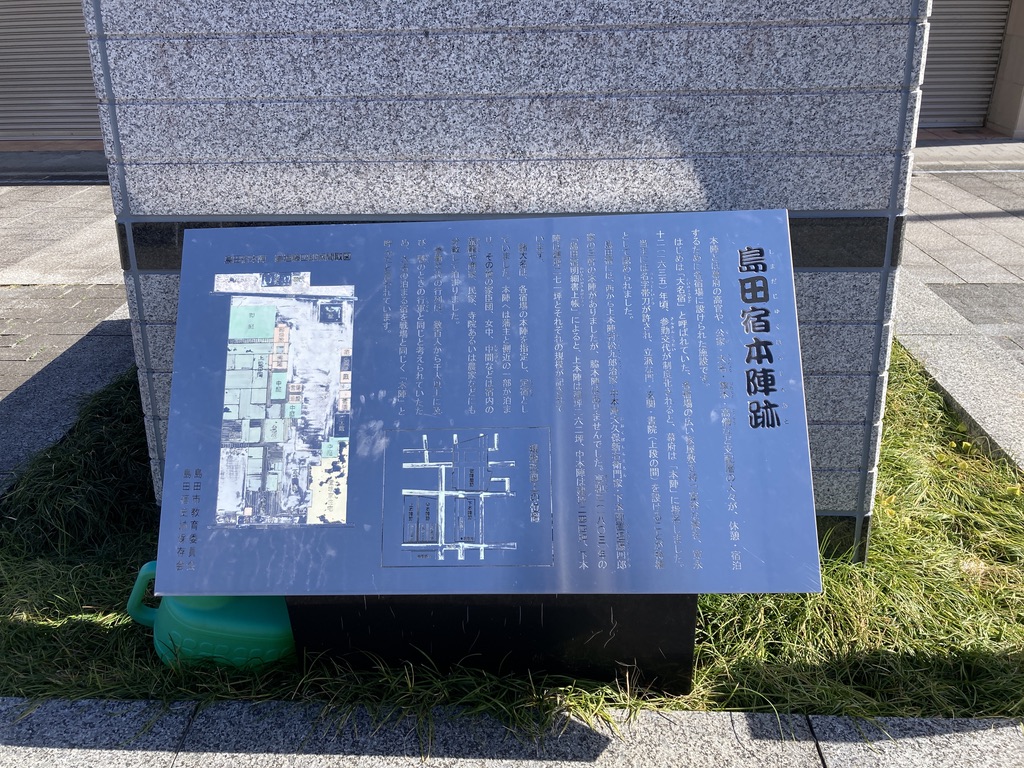
ruins of a daimyo’s encampment
The “Gojinya Ruins” are the remains of the residences and government offices of the feudal lords and deputy governors. It is located just north of the fashionable street of the headquarters ruins. It is now a parking lot with a stone monument and an explanatory board.
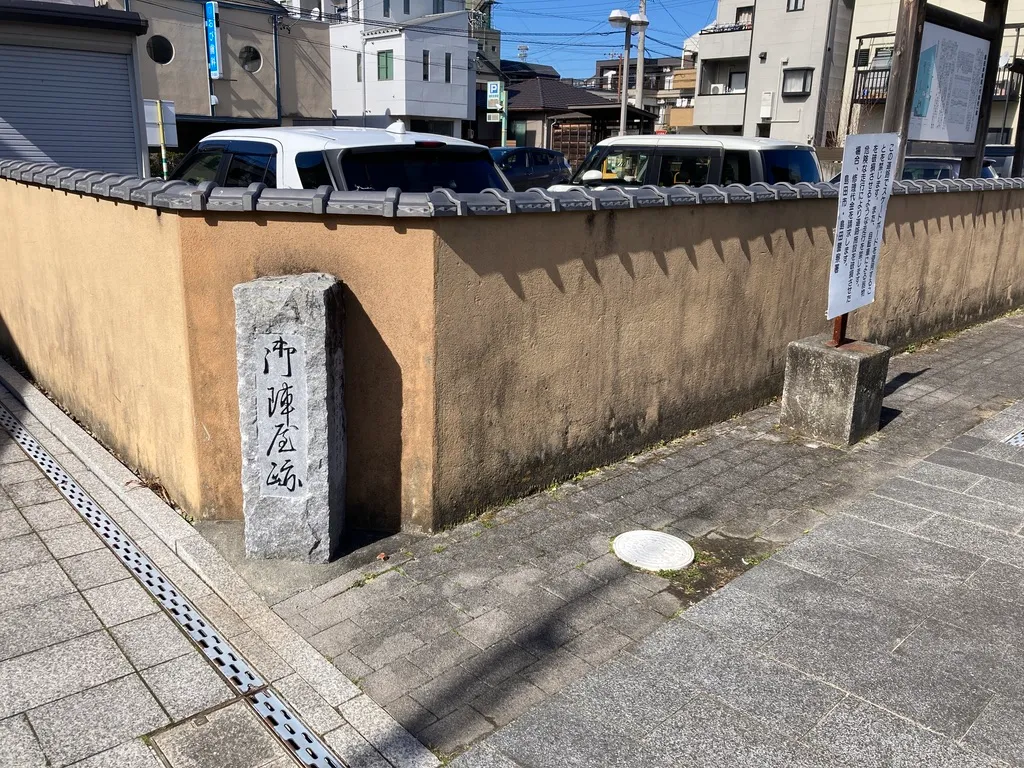
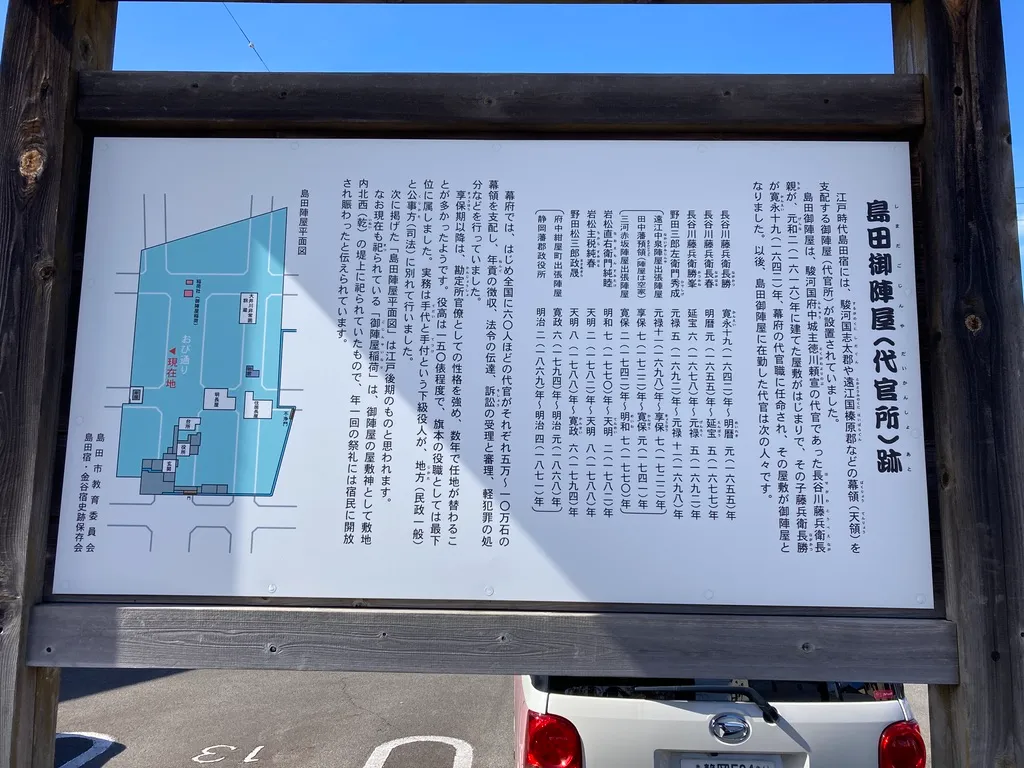
Gojinya Inari Shrine
This shrine is quietly located further north along the fashionable street of the ruins of the main camp and further ahead of the ruins of the Imperial Camp. Although small in size, it is a relatively solid shrine with a stream in front of it. Please take a break here.
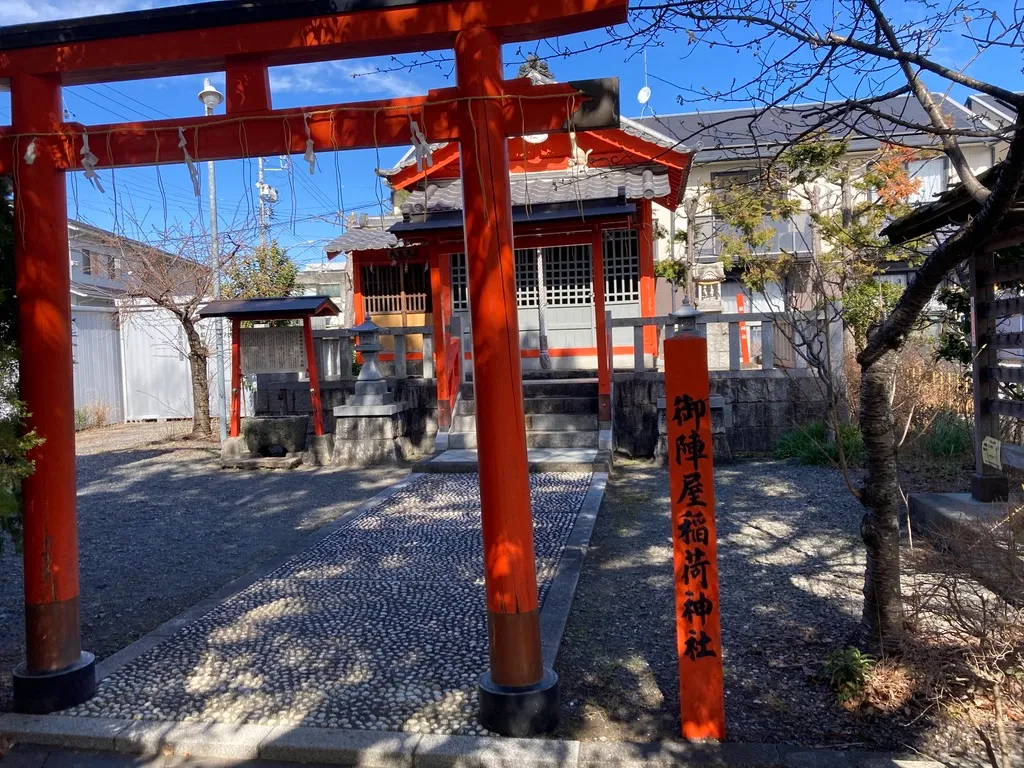
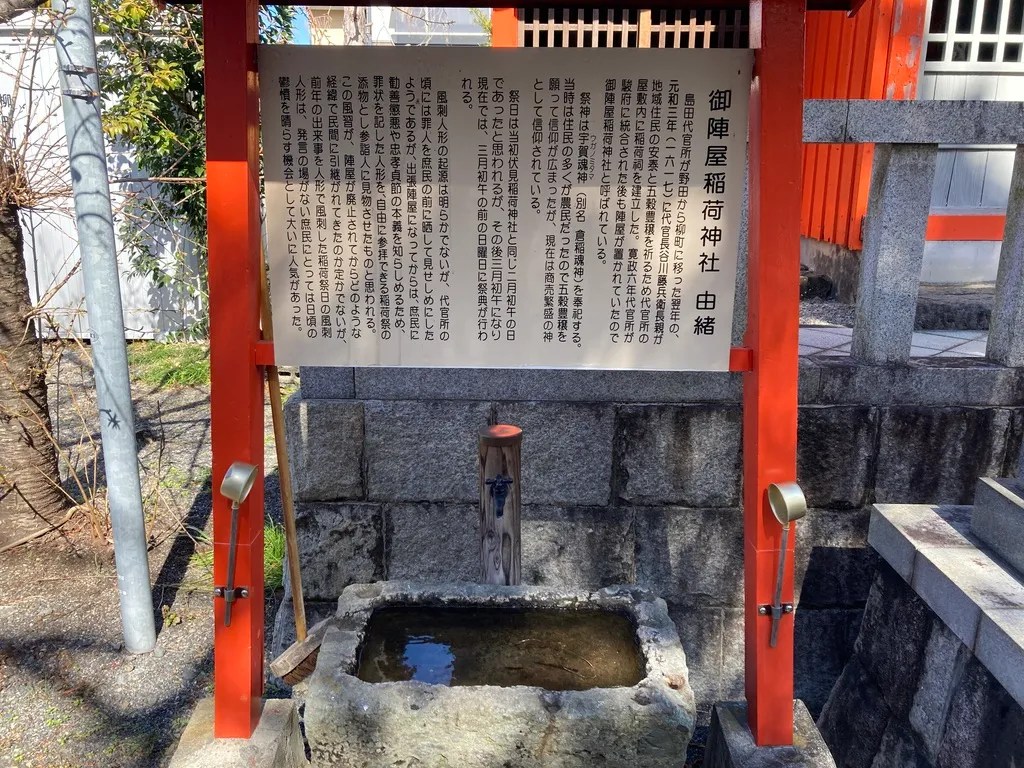
Ruins of Muramatsu Family, Kami-Honjin, Shimada-juku
This is the site of the Muramatsu House, which used to be the upper headquarters. Unfortunately, there are no remains of the Muramatsu family, only a stone monument, and now a hotel stands on the site.
And the stone monument is small. ‼️
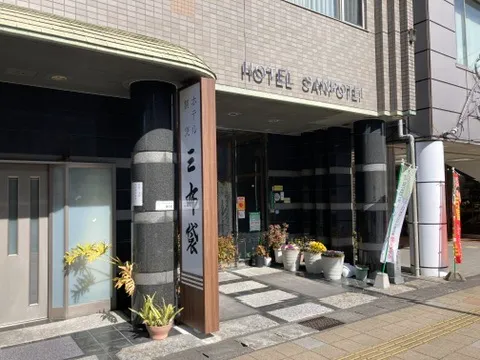
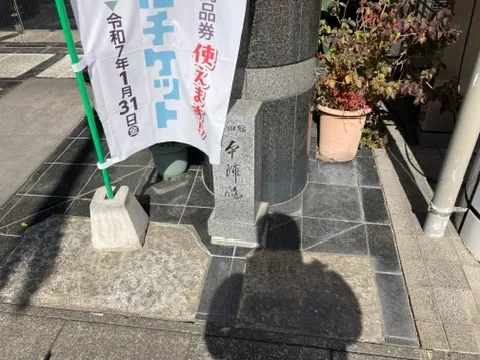
Oi Shrine
The Oi Shrine and Kawagoe Ruins were worth seeing on this walk around Shimada-juku.
I don’t mean to imply that the rest of the sites are not good, but this is my honest impression.
It is strange to say that it is typical of Shimada-juku, but it seems to be a prestigious shrine with a history of more than 1,100 years, built in the hope that the Oi River would not flood.
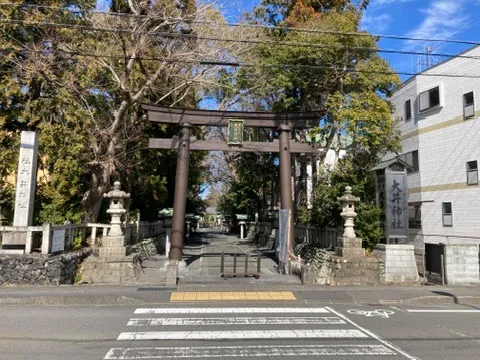
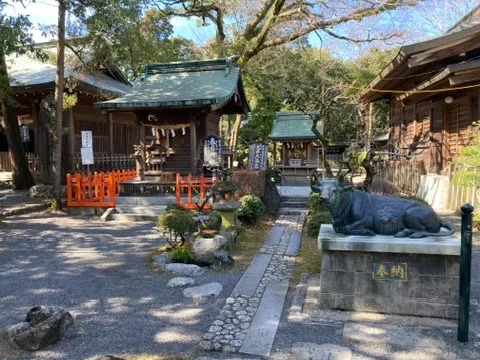
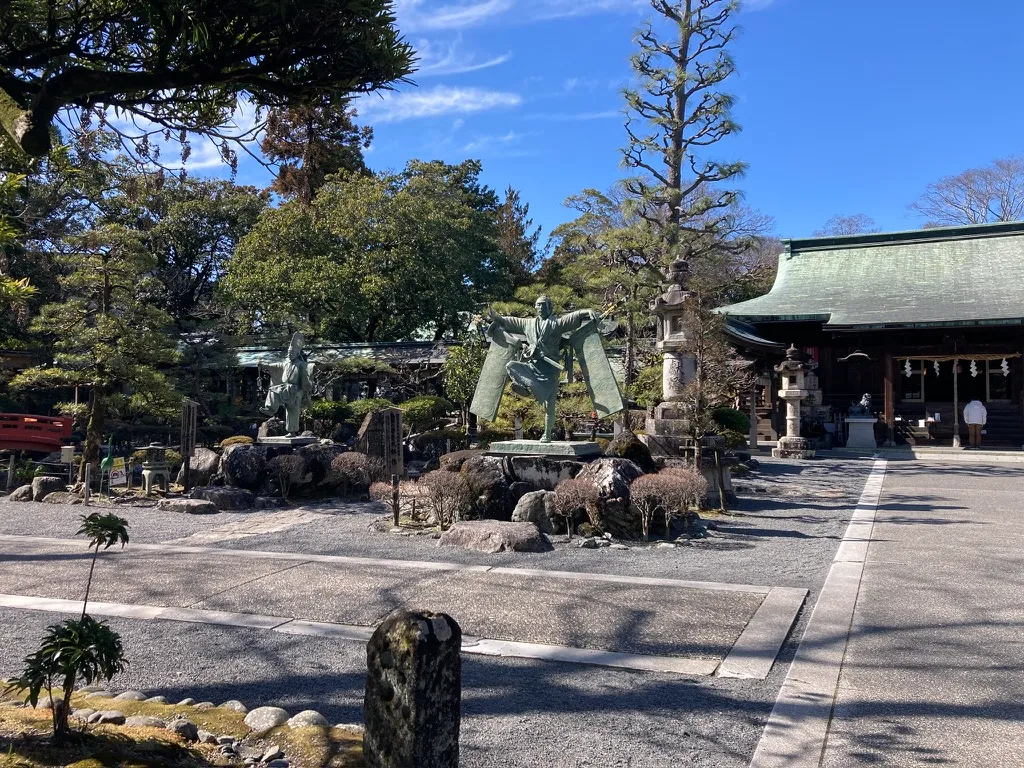
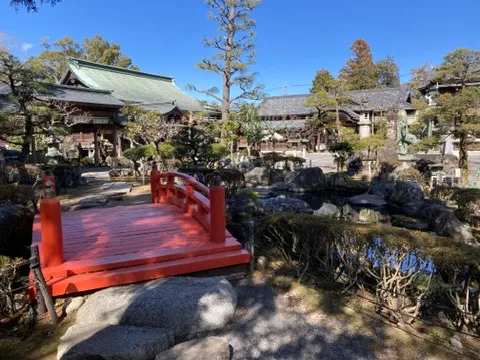
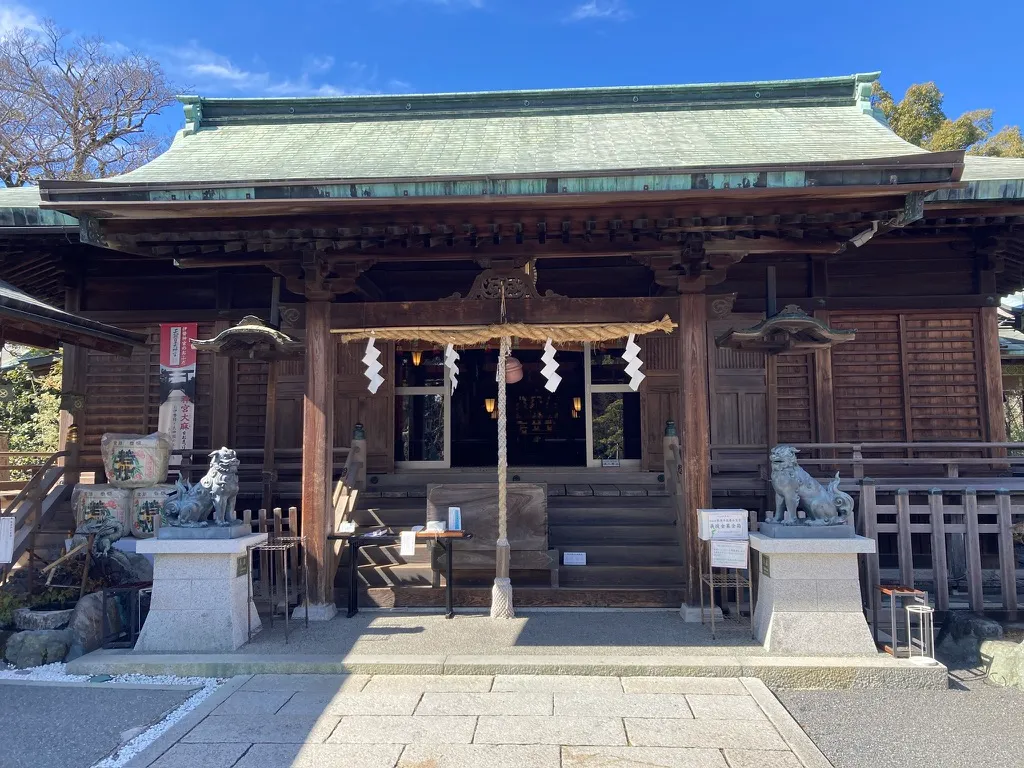
Oigawa Kawagoe Site
The Oi Kawagoe Ruins, a National Historic Site, is located near the Oi River. Stepping into the street is like stepping back in time.
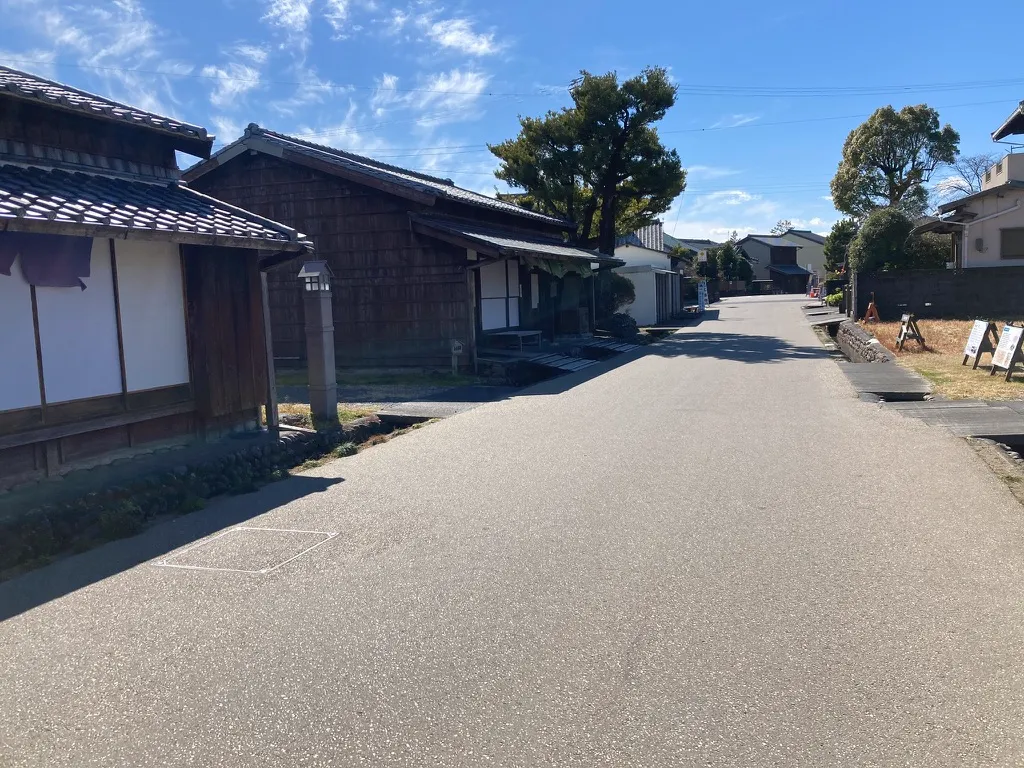
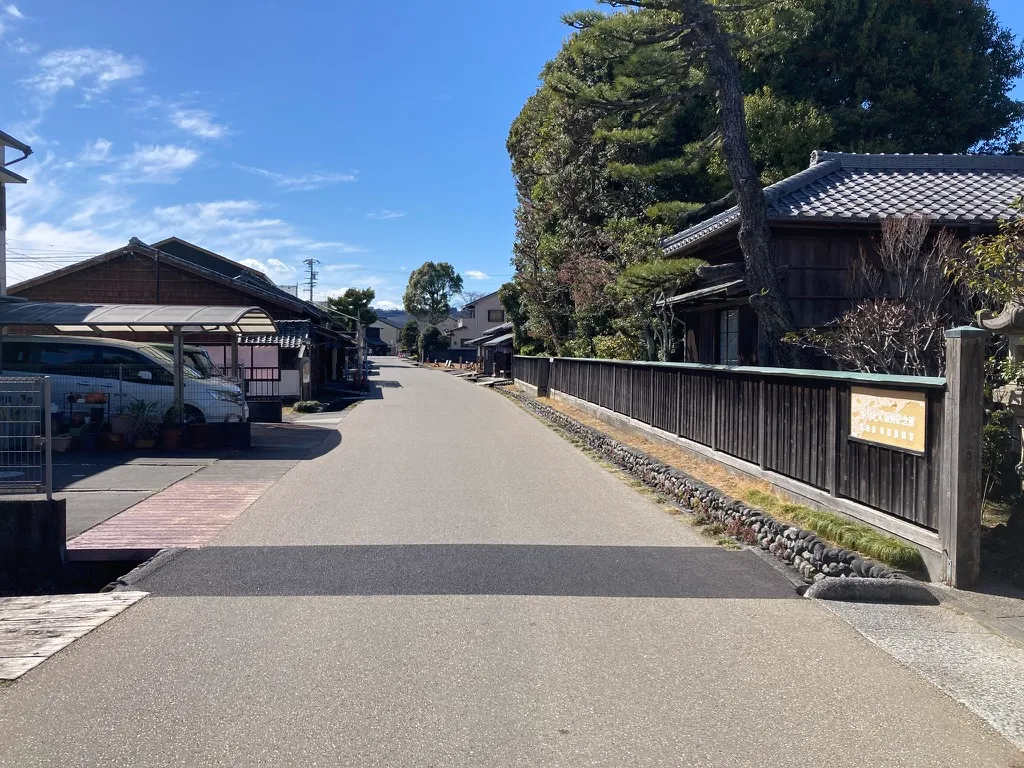
I was also impressed by the clear and well done restoration of the ruins.
Old Tokaido Oigawa River River meeting place
This seems to have been the place to purchase river fuda to cross the Oi River.
Now and then, it is money to do anything – tears!
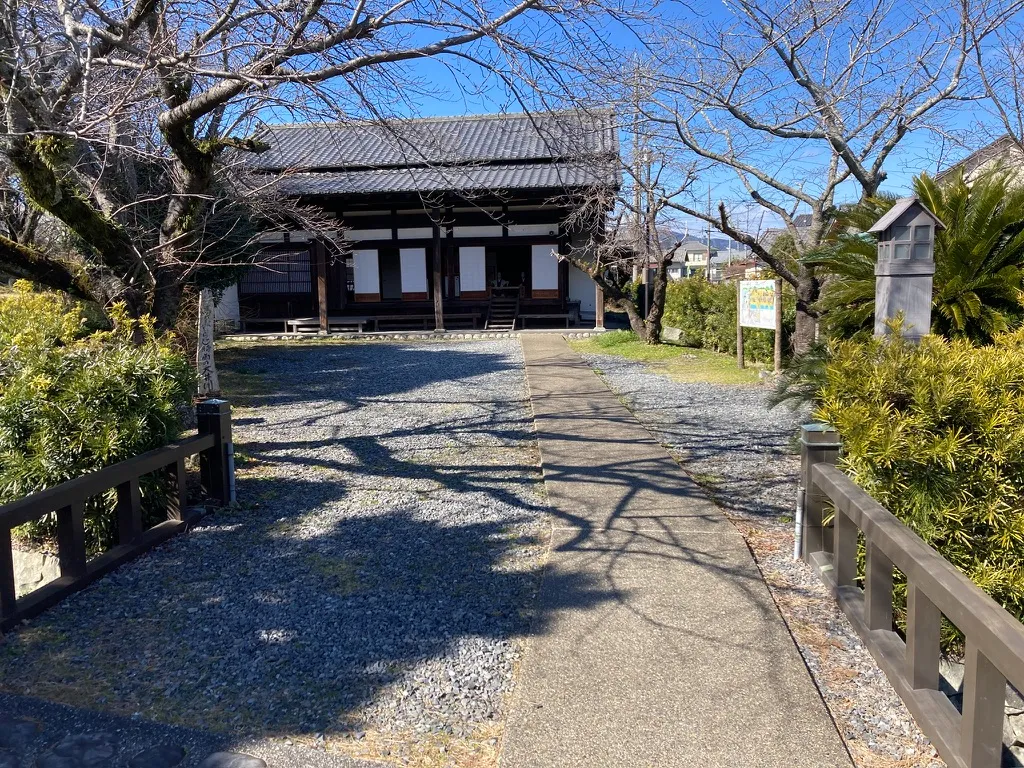

Shimada City Museum
Proceeding toward the Oigawa River from the Kawagoe Site, you will see the Shimada City Museum. It is in a good location.
Near the museum you will also find the “Oi Chengdaichuan Monument”.
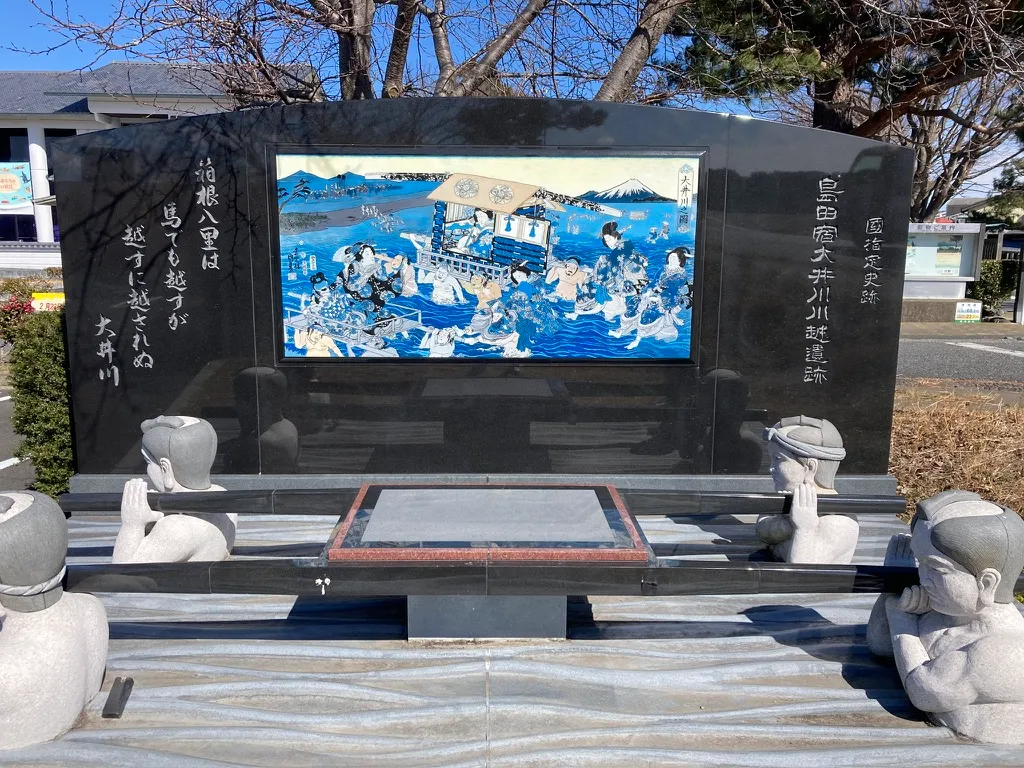
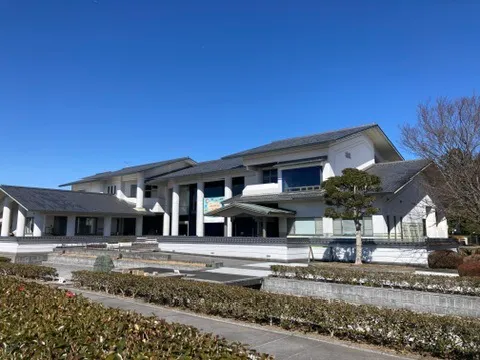
And right next to it is the Oi River~!
This scenery was even featured in Hiroshige’s ukiyoe woodblock prints.
This is the Shimada Inn.
